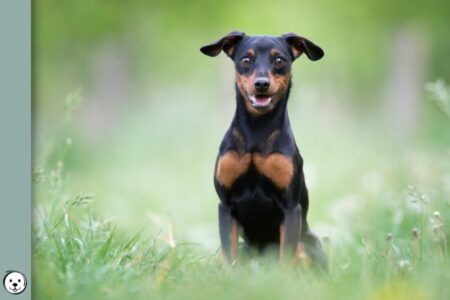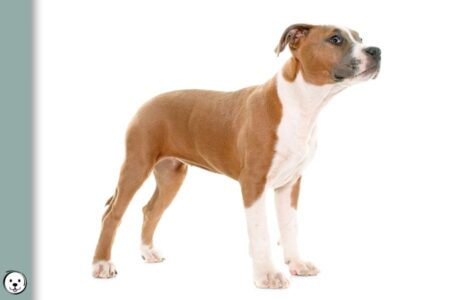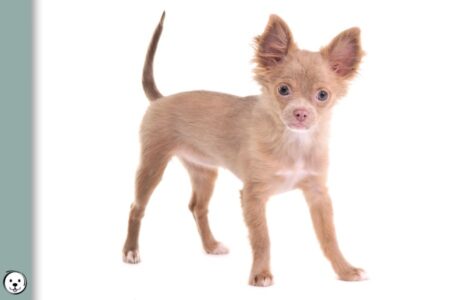A havana brown Appenzell Mountain Dog has a brown tricolor pattern, it has a chocolate brown coat with reddish tan points and white markings.
Appenzellers are the only Sennenhund breed with this color officially included in the standard.
Gallery
Here are some examples of havana brown Appenzeller Sennenhund Dogs:

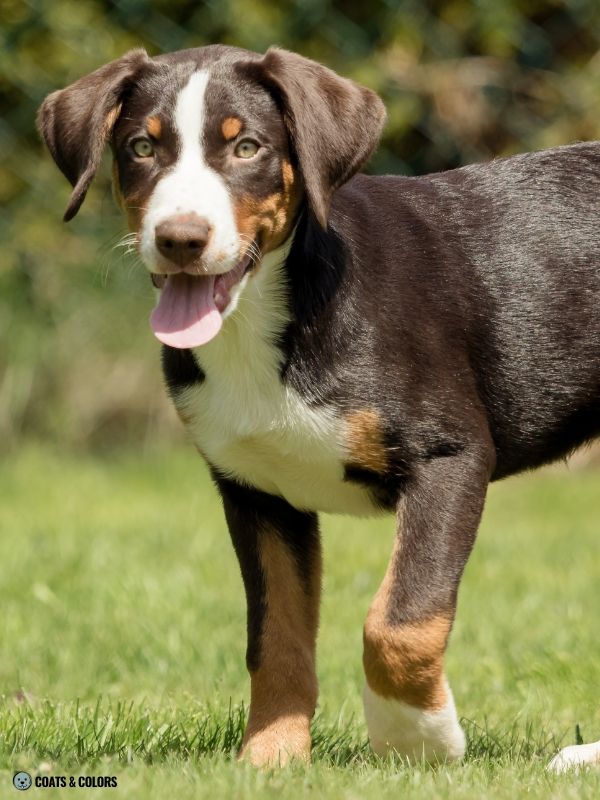
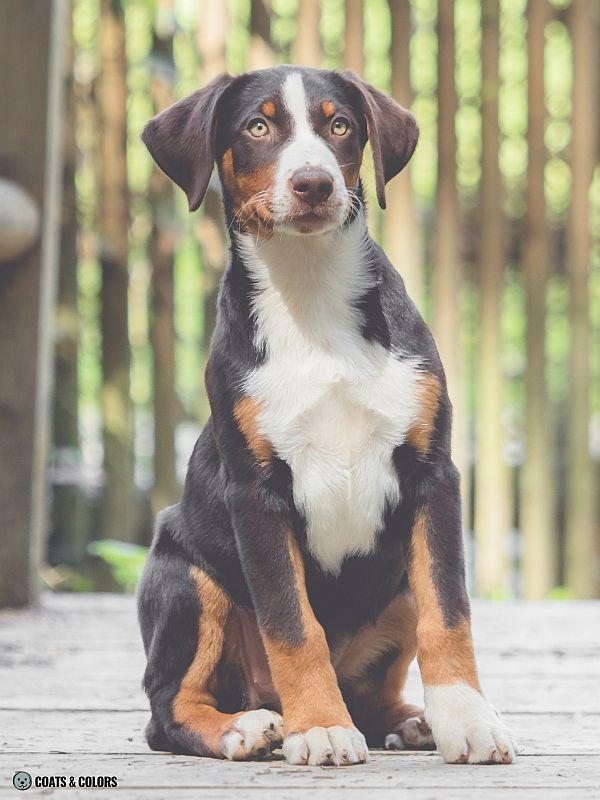
Description
Havana Appenzeller Dogs are tricolor.
They have a tan point pattern partially covered by white markings.

The only difference to a black tri Appenzeller is that all the black eumelanin in their pattern has been turned brown. According to the AKC, havana brown “is like the shade of a chocolate Lab“.
This includes their nose and skin pigment, their paw pads, nails, eye rims and lips which will also be brown in a havana tri-colored dog. Genetically brown dogs also tend to have somewhat lighter eyes and often show especially light puppy eyes.

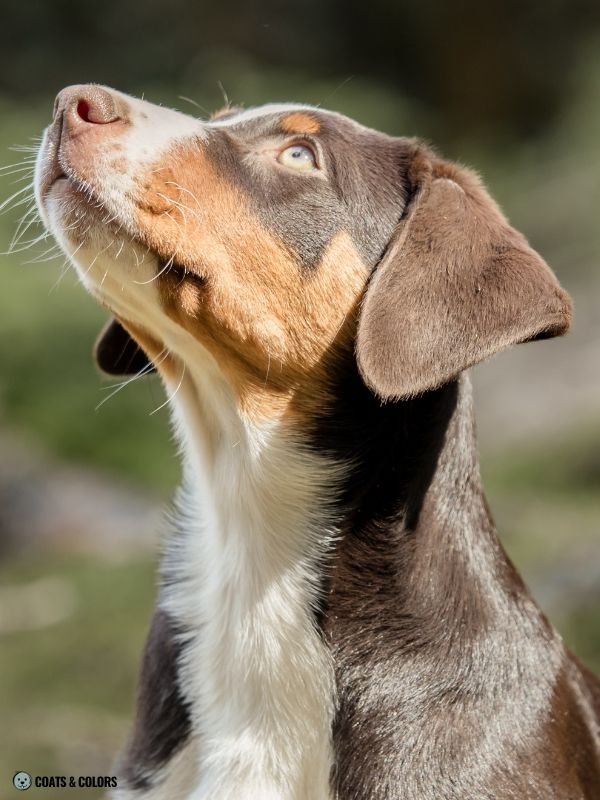
Breed Standard
Havana brown is a standard color for Appenzeller Sennenhund Dogs.
The American Kennel Club website for this breed only lists “Black Brown & White” as a standard color. But they use the FCI breed standard which also includes havana as an official breed color.
Basic colour black or havana brown with reddish-brown and white markings as symmetrical as possible.
Havana Brown Appenzeller Sennenhund Genetics
In genetic terms, all Appenzellers are fixed for a tan point pattern (E/E ky/ky at/at).
However, their main color can be black or brown.
A black-tricolor Appenzeller Sennenhund has black eumelanin (B/B or B/b).
But a havana brown-tricolor Appenzeller Sennenhund has brown eumelanin (b/b).
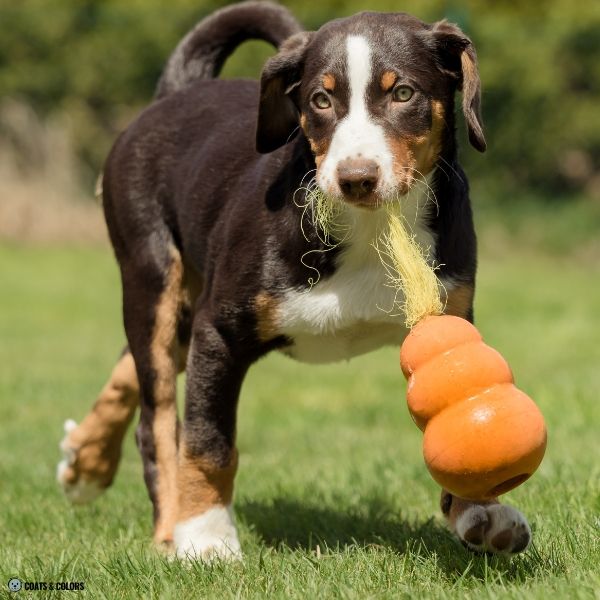
They also have white markings which should be “as symmetrical as possible” and cover the blaze, muzzle, chin, throat and chest plus four white paws and a white tail tip.
Smallish half or full collars or white spots on the nape of neck are tolerated.
Appenzeller Sennehunde likely get their white spotting from a whitehead pattern bred for symmetry and a moderate distribution of white. Their markings resemble an Irish spotting pattern.
Real Irish spotting “breeds true” and will create about the same white pattern in each dog with minimal head white. However, all the Sennenhund breeds show an irregular and front-heavy white pattern with a wide blaze reaching up the forehead which is typical for whitehead patterns.

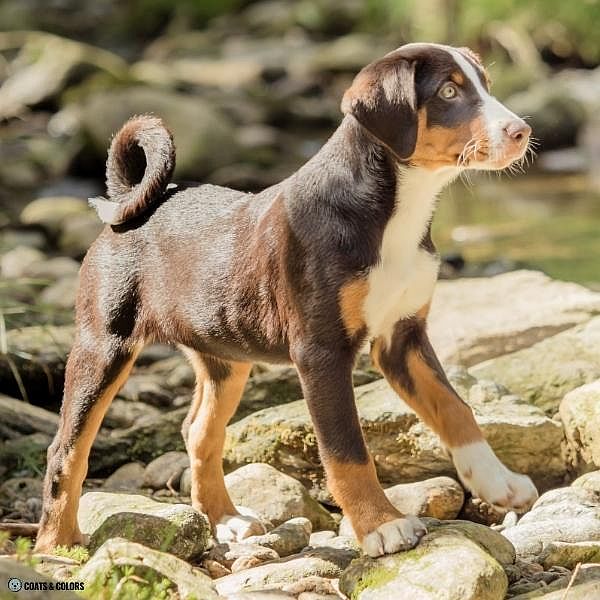
Black (B) is dominant to brown (b). To produce a havana brown Appenzeller, both parents have to pass down a recessive b allele to produce puppies with two copies for brown coat (b/b).
Take a look at our article about the B-Locus for more details.
Brown Appenzeller puppies can be born to black-tricolor parents if both carry brown (B/b x B/b). Or by breeding a carrier to a havana brown dog (B/b x b/b).
| B/b x B/b | B | b |
| B | B/B black | B/b black, carries brown |
| b | B/b black, carries brown | b/b brown |
However, litters from two havana-colored Appenzeller dogs (b/b x b/b) would never be able to produce black-tri puppies, since in this case neither of the parents can pass on a dominant B allele.
Breeding havana to havana can only ever produce brown tricolor puppies.
This is probably the reason why breed clubs do not allow havana x havana matings, to emphasize that brown is tolerated but should not be produced on purpose.
Where Does Havana Brown in Appenzeller Dogs Come From?
Brown eumelanin is a recessive trait.
Visibly black dogs can be carriers (B/b) and, when bred together, produce brown puppies (b/b).
The Sennenhund breeds were created from Swiss landrace dogs found on remote dairy farms. Ancestors of the Appenzeller and other Sennenhund dogs likely came in a variety of colors and patterns.
It was not before the first breed standard was drafted in 1914 that people of the time decided Appenzellers should only come in black tricolor.
While the other Swiss breeds were more successful in eliminating brown from the gene pool, it popped up fairly regularly in Appenzellers. Finally, the Appenzeller standard of 1982 was rewritten to officially include brown as a tolerated color.
I’ll leave you with a fun fact: The term “havana” was borrowed from a breed of rabbits known for their rich chocolate color that reminded breeders of Cuban Havana cigars.
Learn More

Hi! I’m Steffi. I am a biologist and a big time dog nerd. You are curious about coat color genetics? You’ve come to the right place! Read more.



